Top 5 RFID Asset Tracking Systems for 2025
In today’s fast-paced business environment, efficient asset tracking is crucial for industries like manufacturing, healthcare, logistics, and retail. Radio Frequency Identification (RFID) has emerged as a leading technology for real-time asset management, offering advantages such as automated scanning, high accuracy, and long-range detection.
Unlike barcodes, RFID does not require line-of-sight scanning, making it ideal for tracking high-value assets, inventory, and equipment across large facilities. However, choosing the right RFID asset tracking system can be challenging due to varying features, costs, and scalability.
In this blog, we’ll explore the top 5 RFID asset tracking systems in 2025, comparing their key features, benefits, and ideal use cases to help you make an informed decision.
1. Zebra Technologies FX9600 RFID System
Overview
Zebra Technologies is a leader in enterprise asset tracking, and their FX9600 RFID system is designed for high-performance inventory and asset management in warehouses, manufacturing plants, and retail environments.
Key Features
✔ High-Speed Scanning: Reads up to 1,500 tags per second
✔ Long-Range Detection: Up to 10 meters (33 feet) with UHF RFID
✔ Durability: Built for industrial environments with IP65-rated enclosures
✔ Integration: Works seamlessly with Zebra’s Savanna data platform for real-time analytics
✔ Multi-Protocol Support: Compatible with EPC Gen2, RAIN RFID, and ISO 18000-6C
Best For
- Large-scale warehouses needing fast inventory counts
- Manufacturing plants tracking tools, parts, and WIP (Work-in-Progress)
- Retailers managing high-volume stock movements
Pricing
- Starts at $3,000 per reader (tags sold separately)
2. Impinj R700 RFID Reader
Overview
Impinj is a pioneer in RAIN RFID (UHF RFID) technology, and their R700 reader is one of the most reliable solutions for enterprise asset tracking.
Key Features
✔ Ultra-High Frequency (UHF): Optimized for long-range tracking (up to 12 meters)
✔ High Tag Read Rates: Processes over 700 tags per second
✔ Cloud Connectivity: Integrates with Impinj ItemSense for IoT-based asset management
✔ Low Power Consumption: Energy-efficient design for 24/7 operations
✔ Global Compliance: Supports FCC, ETSI, and other regional regulations
Best For
- Logistics & supply chain tracking pallets and shipments
- Healthcare managing medical equipment and pharmaceuticals
- Smart retail for loss prevention and inventory accuracy
Pricing
- $2,500–$4,000 per reader (depending on configuration)
3. Honeywell Granit RFID Scanner
Overview
Honeywell’s Granit RFID Scanner is a rugged, handheld solution designed for industrial and outdoor asset tracking, combining barcode and RFID scanning in one device.
Key Features
✔ Hybrid Scanning: Supports both UHF RFID and 1D/2D barcodes
✔ Military-Grade Durability: IP65 & MIL-STD-810G certified for harsh environments
✔ Long Battery Life: Up to 14 hours of continuous use
✔ Bluetooth & Wi-Fi: Enables real-time data sync with ERP/WMS systems
Best For
- Construction sites tracking tools and equipment
- Oil & gas industries managing assets in remote locations
- Field service technicians needing mobile RFID scanning
Pricing
- $1,800–$2,500 per handheld scanner
4. Alien Technology ALR-F800-X RFID Reader
Overview
Alien Technology’s ALR-F800-X is a cost-effective, high-performance RFID reader designed for mid-sized businesses and industrial applications.
Key Features
✔ Affordable UHF RFID: Budget-friendly without sacrificing performance
✔ High-Speed Processing: Reads up to 500 tags per second
✔ Compact & Flexible: Can be mounted on forklifts, conveyors, or doorways
✔ Easy Integration: Works with Alien’s Hydra middleware for seamless data flow
Best For
- Small to mid-sized warehouses
- Automotive parts tracking
- Library and document management systems
Pricing
- $1,200–$2,000 per reader
5. Siemens RF600 RFID System
Overview
Siemens’ RF600 RFID system is designed for industrial automation, offering seamless integration with PLCs (Programmable Logic Controllers) and IoT platforms.
Key Features
✔ Industrial-Grade Reliability: Built for harsh factory environments
✔ Real-Time Data Sync: Connects with Siemens SIMATIC automation systems
✔ High-Frequency (HF) & UHF Options: Supports ISO 15693 (HF) and EPC Gen2 (UHF)
✔ Scalable for Industry 4.0: Ideal for smart manufacturing applications
Best For
- Automotive assembly lines tracking components
- Pharmaceutical batch tracking
- Food & beverage production monitoring
Pricing
- $3,000–$5,000 per system (depending on configuration)
Comparison Table: Top 5 RFID Asset Tracking Systems
| System | Max Read Range | Tags Per Second | Best For | Price Range |
| Zebra FX9600 | 10m | 1,500+ | Warehouses, Retail | $3,000+ |
| Impinj R700 | 12m | 700+ | Logistics, Healthcare | $2,500–$4,000 |
| Honeywell Granit | 8m (handheld) | 100+ | Construction, Field Service | $1,800–$2,500 |
| Alien ALR-F800-X | 7m | 500+ | Mid-sized Warehouses, Libraries | $1,200–$2,000 |
| Siemens RF600 | 6m (HF), 10m (UHF) | 400+ | Smart Manufacturing, Pharma | $3,000–$5,000 |
How to Choose the Right RFID Asset Tracking System?
- Define Your Use Case – Are you tracking tools, inventory, or high-value assets?
- Consider Read Range & Speed – Large warehouses need long-range UHF RFID.
- Evaluate Durability – Harsh environments require rugged, IP-rated devices.
- Check Integration Capabilities – Does it work with your ERP/WMS?
- Budget vs. ROI – Higher-end systems offer automation benefits that justify costs.
Final Verdict
- Best for Large Enterprises → Zebra FX9600
- Best for Logistics & Healthcare → Impinj R700
- Best Rugged Handheld Scanner → Honeywell Granit
- Best Budget-Friendly Option → Alien ALR-F800-X
- Best for Smart Manufacturing → Siemens RF600
Final Thoughts
RFID asset tracking reduces manual errors, improves inventory accuracy, and enhances operational efficiency. The right system depends on your industry, budget, and specific tracking needs.
If you're still unsure, consider piloting one system before full-scale deployment. Many vendors offer demo units or trial programs to test performance in real-world conditions.
Which RFID system are you considering for your business? Let us know in the comments! 🚀
No comments
Top 5 RFID Asset Tracking Systems for 2025
0 comments
In today’s fast-paced business environment, efficient asset tracking is crucial for industries like manufacturing, healthcare, logistics, and retail. Radio Frequency Identification (RFID) has emerged as a leading technology for real-time asset management, offering advantages such as automated scanning, high accuracy, and long-range detection.
Unlike barcodes, RFID does not require line-of-sight scanning, making it ideal for tracking high-value assets, inventory, and equipment across large facilities. However, choosing the right RFID asset tracking system can be challenging due to varying features, costs, and scalability.
In this blog, we’ll explore the top 5 RFID asset tracking systems in 2025, comparing their key features, benefits, and ideal use cases to help you make an informed decision.
1. Zebra Technologies FX9600 RFID System
Overview
Zebra Technologies is a leader in enterprise asset tracking, and their FX9600 RFID system is designed for high-performance inventory and asset management in warehouses, manufacturing plants, and retail environments.
Key Features
✔ High-Speed Scanning: Reads up to 1,500 tags per second
✔ Long-Range Detection: Up to 10 meters (33 feet) with UHF RFID
✔ Durability: Built for industrial environments with IP65-rated enclosures
✔ Integration: Works seamlessly with Zebra’s Savanna data platform for real-time analytics
✔ Multi-Protocol Support: Compatible with EPC Gen2, RAIN RFID, and ISO 18000-6C
Best For
- Large-scale warehouses needing fast inventory counts
- Manufacturing plants tracking tools, parts, and WIP (Work-in-Progress)
- Retailers managing high-volume stock movements
Pricing
- Starts at $3,000 per reader (tags sold separately)
2. Impinj R700 RFID Reader
Overview
Impinj is a pioneer in RAIN RFID (UHF RFID) technology, and their R700 reader is one of the most reliable solutions for enterprise asset tracking.
Key Features
✔ Ultra-High Frequency (UHF): Optimized for long-range tracking (up to 12 meters)
✔ High Tag Read Rates: Processes over 700 tags per second
✔ Cloud Connectivity: Integrates with Impinj ItemSense for IoT-based asset management
✔ Low Power Consumption: Energy-efficient design for 24/7 operations
✔ Global Compliance: Supports FCC, ETSI, and other regional regulations
Best For
- Logistics & supply chain tracking pallets and shipments
- Healthcare managing medical equipment and pharmaceuticals
- Smart retail for loss prevention and inventory accuracy
Pricing
- $2,500–$4,000 per reader (depending on configuration)
3. Honeywell Granit RFID Scanner
Overview
Honeywell’s Granit RFID Scanner is a rugged, handheld solution designed for industrial and outdoor asset tracking, combining barcode and RFID scanning in one device.
Key Features
✔ Hybrid Scanning: Supports both UHF RFID and 1D/2D barcodes
✔ Military-Grade Durability: IP65 & MIL-STD-810G certified for harsh environments
✔ Long Battery Life: Up to 14 hours of continuous use
✔ Bluetooth & Wi-Fi: Enables real-time data sync with ERP/WMS systems
Best For
- Construction sites tracking tools and equipment
- Oil & gas industries managing assets in remote locations
- Field service technicians needing mobile RFID scanning
Pricing
- $1,800–$2,500 per handheld scanner
4. Alien Technology ALR-F800-X RFID Reader
Overview
Alien Technology’s ALR-F800-X is a cost-effective, high-performance RFID reader designed for mid-sized businesses and industrial applications.
Key Features
✔ Affordable UHF RFID: Budget-friendly without sacrificing performance
✔ High-Speed Processing: Reads up to 500 tags per second
✔ Compact & Flexible: Can be mounted on forklifts, conveyors, or doorways
✔ Easy Integration: Works with Alien’s Hydra middleware for seamless data flow
Best For
- Small to mid-sized warehouses
- Automotive parts tracking
- Library and document management systems
Pricing
- $1,200–$2,000 per reader
5. Siemens RF600 RFID System
Overview
Siemens’ RF600 RFID system is designed for industrial automation, offering seamless integration with PLCs (Programmable Logic Controllers) and IoT platforms.
Key Features
✔ Industrial-Grade Reliability: Built for harsh factory environments
✔ Real-Time Data Sync: Connects with Siemens SIMATIC automation systems
✔ High-Frequency (HF) & UHF Options: Supports ISO 15693 (HF) and EPC Gen2 (UHF)
✔ Scalable for Industry 4.0: Ideal for smart manufacturing applications
Best For
- Automotive assembly lines tracking components
- Pharmaceutical batch tracking
- Food & beverage production monitoring
Pricing
- $3,000–$5,000 per system (depending on configuration)
Comparison Table: Top 5 RFID Asset Tracking Systems
| System | Max Read Range | Tags Per Second | Best For | Price Range |
| Zebra FX9600 | 10m | 1,500+ | Warehouses, Retail | $3,000+ |
| Impinj R700 | 12m | 700+ | Logistics, Healthcare | $2,500–$4,000 |
| Honeywell Granit | 8m (handheld) | 100+ | Construction, Field Service | $1,800–$2,500 |
| Alien ALR-F800-X | 7m | 500+ | Mid-sized Warehouses, Libraries | $1,200–$2,000 |
| Siemens RF600 | 6m (HF), 10m (UHF) | 400+ | Smart Manufacturing, Pharma | $3,000–$5,000 |
How to Choose the Right RFID Asset Tracking System?
- Define Your Use Case – Are you tracking tools, inventory, or high-value assets?
- Consider Read Range & Speed – Large warehouses need long-range UHF RFID.
- Evaluate Durability – Harsh environments require rugged, IP-rated devices.
- Check Integration Capabilities – Does it work with your ERP/WMS?
- Budget vs. ROI – Higher-end systems offer automation benefits that justify costs.
Final Verdict
- Best for Large Enterprises → Zebra FX9600
- Best for Logistics & Healthcare → Impinj R700
- Best Rugged Handheld Scanner → Honeywell Granit
- Best Budget-Friendly Option → Alien ALR-F800-X
- Best for Smart Manufacturing → Siemens RF600
Final Thoughts
RFID asset tracking reduces manual errors, improves inventory accuracy, and enhances operational efficiency. The right system depends on your industry, budget, and specific tracking needs.
If you're still unsure, consider piloting one system before full-scale deployment. Many vendors offer demo units or trial programs to test performance in real-world conditions.
Which RFID system are you considering for your business? Let us know in the comments! 🚀
No comments

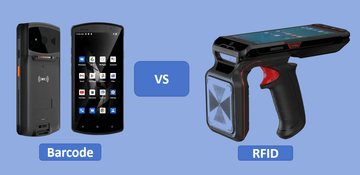
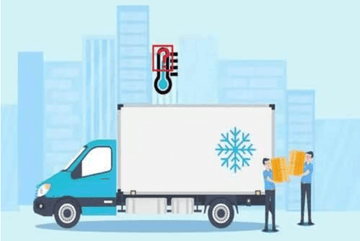
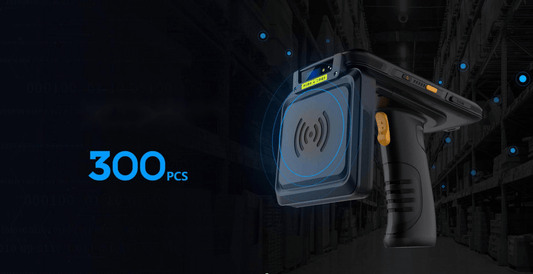
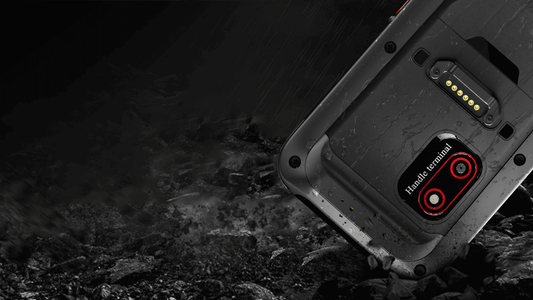
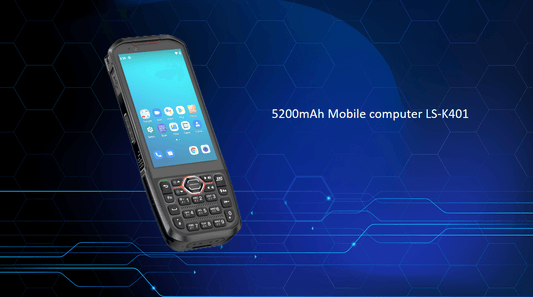
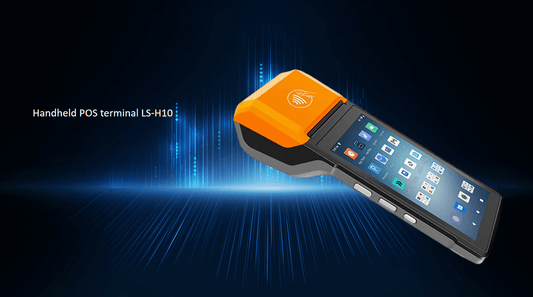
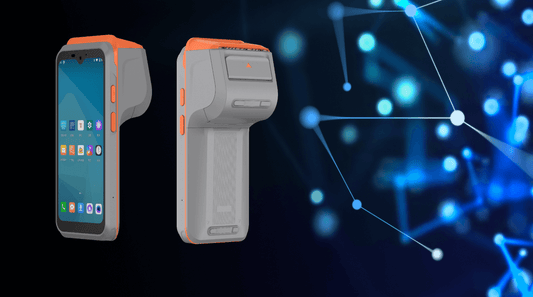
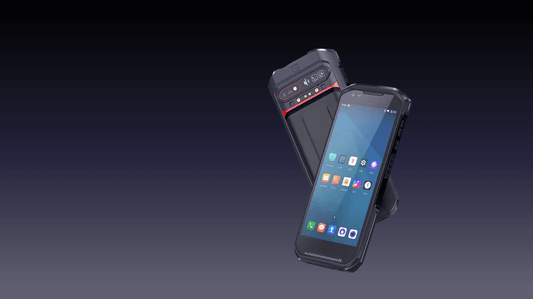
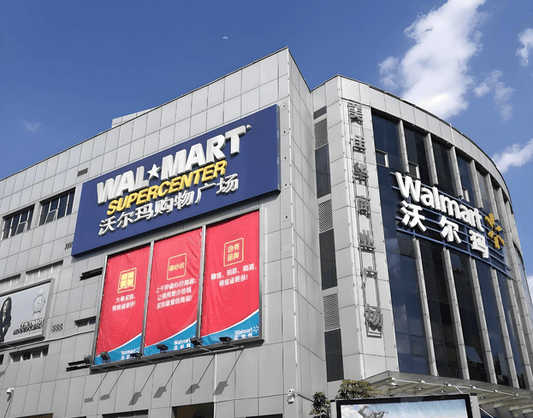
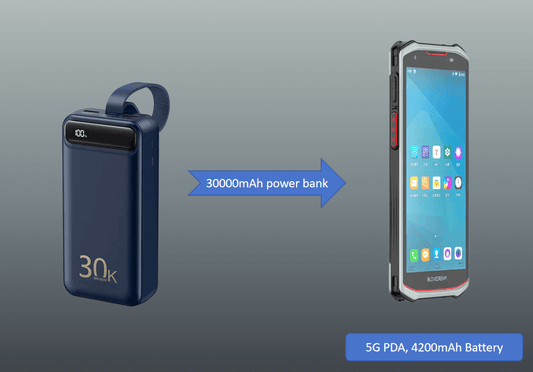
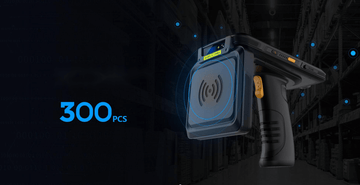
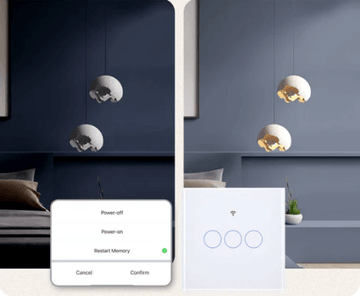
0 comments